Fifth generation (1971–1976). Sixth generation (1977–1985).
Seventh generation (Impala SS 1994–1996).
The Chevy Impala is more than just a car. It's a slice of Americana that captures the spirit of an era when automotive excess was celebrated. It stands as both a collector's dream and a tangible piece of history that continues to turn heads on roadways and at classic car events around the world.
Noted as one of Chevrolets most historic vehicles, the Impala has been an American legend for decades. Setting a standard in comfort and value, the Impala seemed to set the bar for the American muscle car.
This is my Tribute to the Chevy Impala Part 2 of a 3 Part story and 10 Generations of the Impala. Enjoy, Mario.
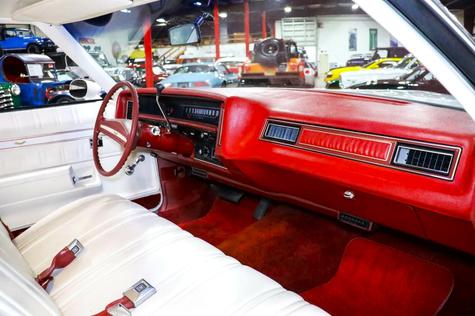
15 1974 Chevy Impala Spirit of America. White upholstery with red or blue trim, color-keyed seat belts and floormats, special wheel covers, optional white rally wheels, sports-styled dual remote outside rear view mirrors, a vinyl body side molding insert, and red pin-striping. Inside were white vinyl seats, while red-white-blue striping adorned the door cards, steering wheel, and other interior bits.
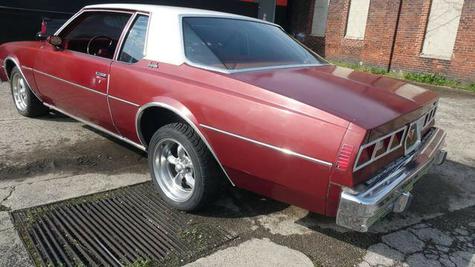
34 1979 Chevy Impala. The rear side marker lamps were restyled and now had grid detailing. The Impalas came equipped with a day/night mirror, a locking glove compartment, a Freedom battery, a front stabilizer bar, heater, defroster, concealed two-speed windshield wipers, floor carpeting, an inside hood release, power steering, power brakes, and automatic transmission.
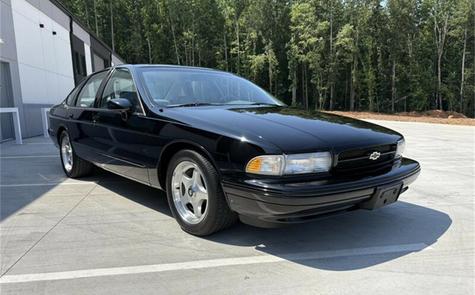
61 1994 Chevy Impala SS. 7th Generation. The 1994 Impala SS went into production on February 14, 1994, at GM's plant in Arlington, Texas, and was almost identical cosmetically to the concept car, with the only noticeable change being the chromed bowtie logo on the grill (vs. a red logo on the concept). The Impala SS received body-colored trim, a unique single-bar grille with no hood ornament, and a rear deck spoiler. It was fitted with 17-inch brushed aluminum wheels with 255/50ZR17 all-season tires.
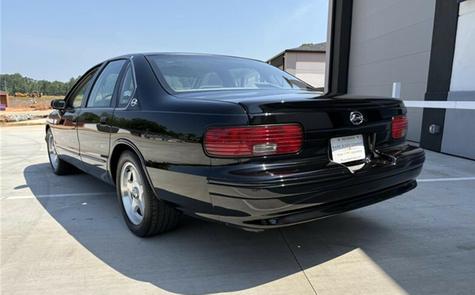
62 1994 Chevy Impala SS. The car was, in essence, a high-performance version of the Caprice heavily based on the Caprice 9C1 police package. As such, it got much of the equipment formerly available only to law enforcement and government agencies. This included a sport-tuned suspension with reinforced shocks and springs, a high-capacity reverse-flow cooling system (derived from the Corvette's LT1), four-wheel disc brakes, transmission cooler, dual exhaust, a higher-output electrical system, and other minor mechanical and electrical alterations.
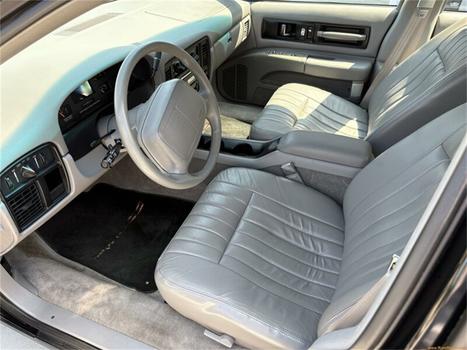
63 1994 Chevy Impala SS. Inside, the car came with a central console with cup holders and a storage compartment, leather seats embroidered with the Impala SS logo, and a standard leather-wrapped steering wheel. For the 1994 model year, it was available only in black with a gray interior. Due to a shortage of the unique five-spoke aluminum wheels, only 6,303 cars were sold. However, the wheel shortage was remedied for the 1995 model year and 21,434 cars were sold.
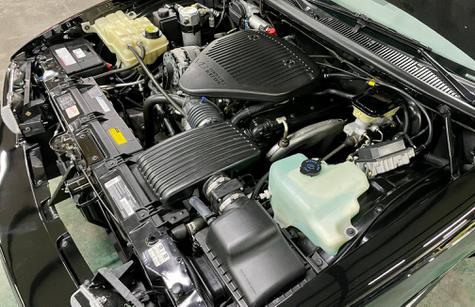
72 1996 Chevy Impala SS 350CI 5.7L LT1 V8 260HP. The entire B-body line, consisting of the Chevrolet Caprice, Impala SS, and Buick Roadmaster, as well as the related D-Body Fleetwood, was discontinued, as GM wanted more assembly lines to be able to produce more profitable SUVs. A ceremony was held at the plant on December 13, 1996, as the last Impala SS was produced. 41,941 Impala SS built of 2.5 million total



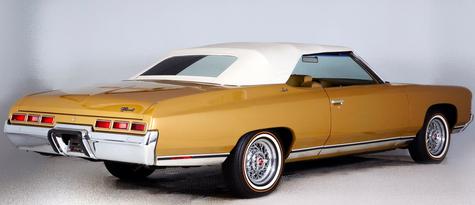
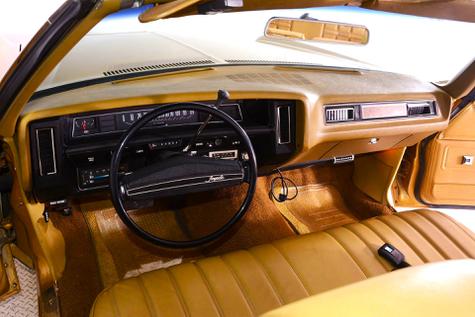

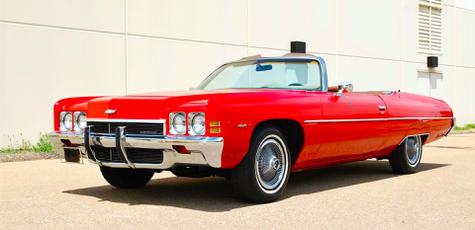

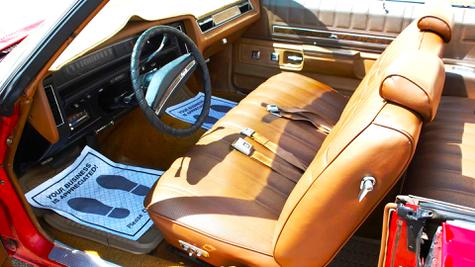
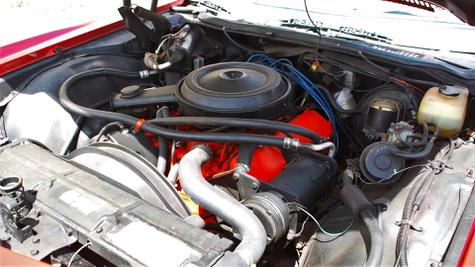
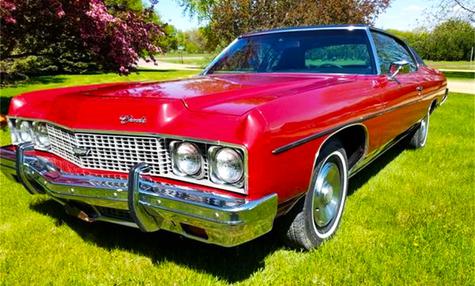
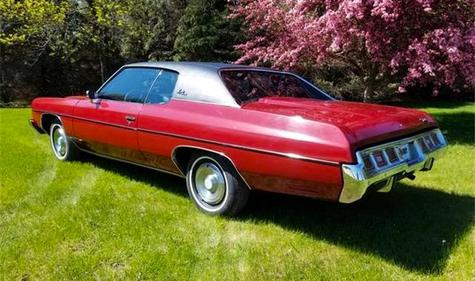

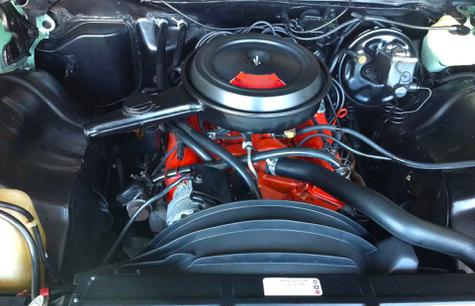
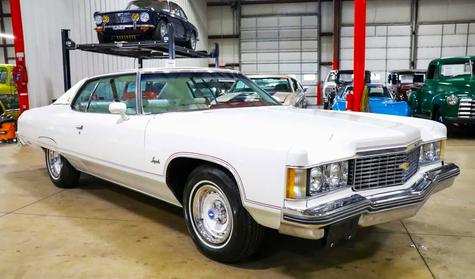
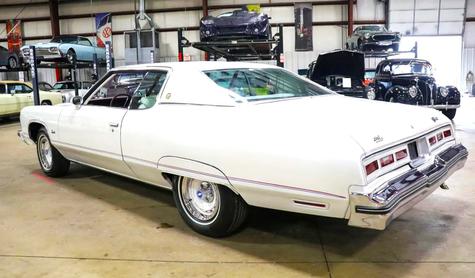


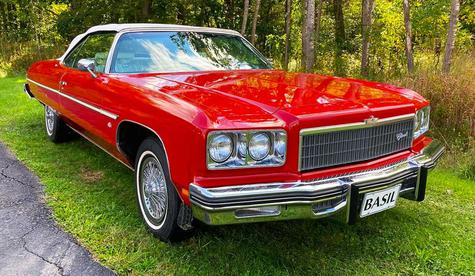
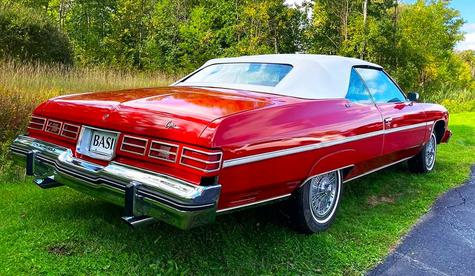
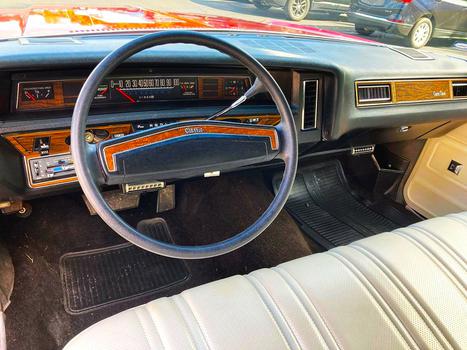
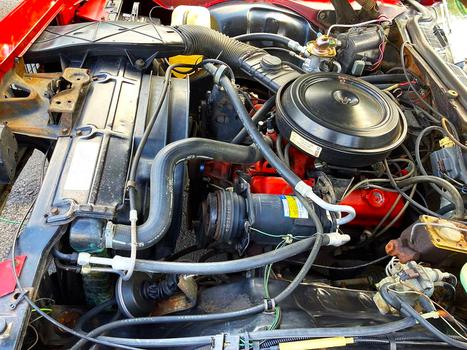
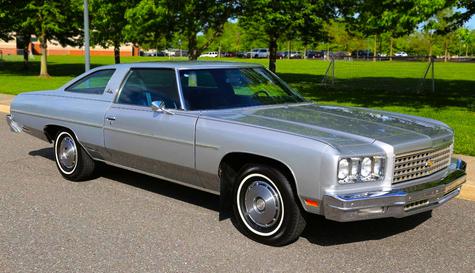
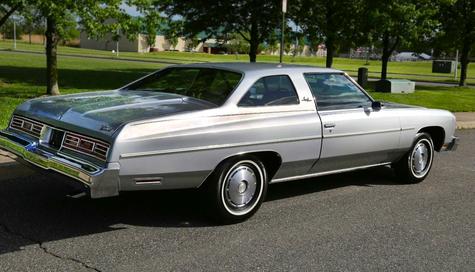
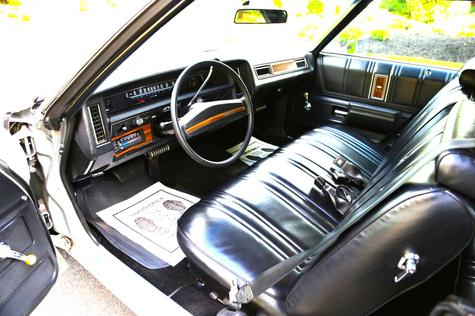
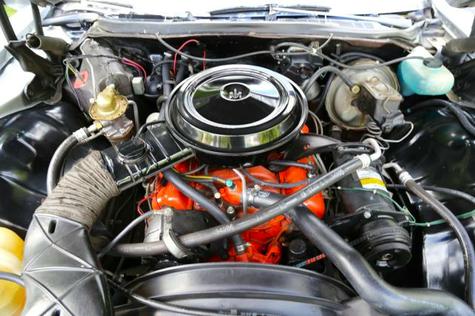
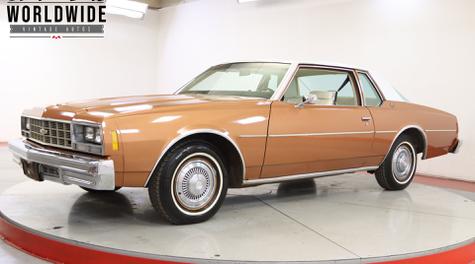
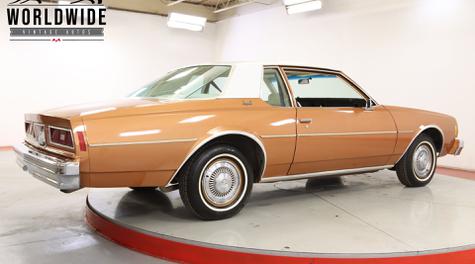
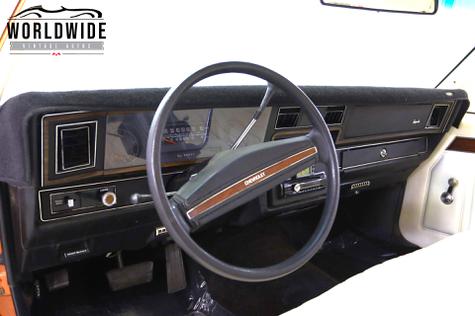
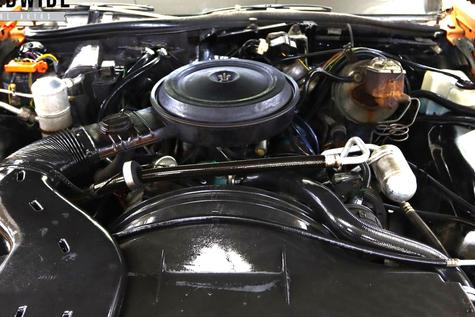
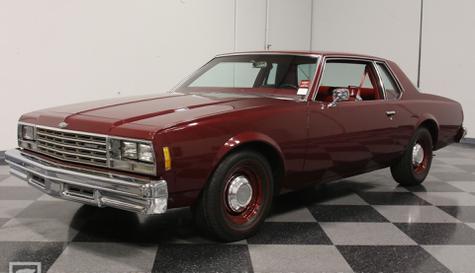
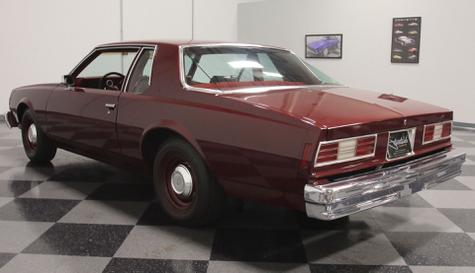
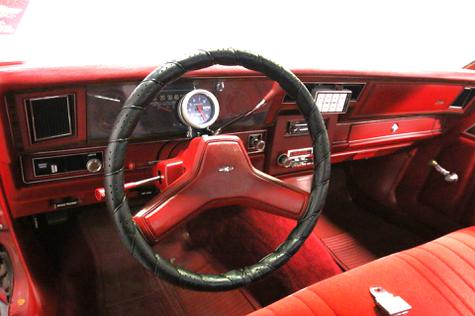
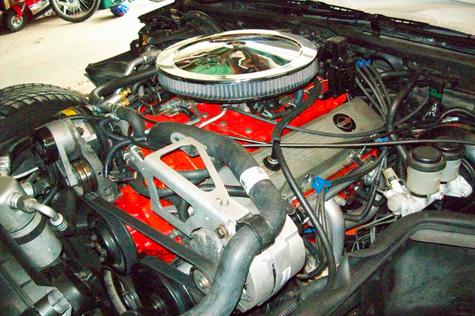
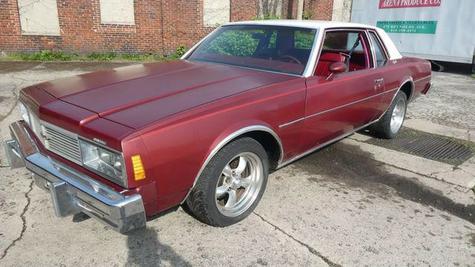

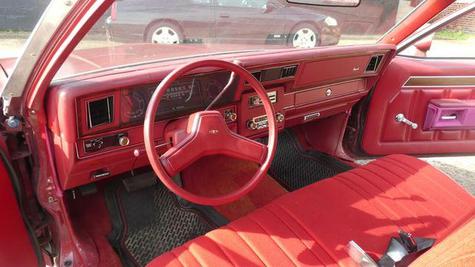
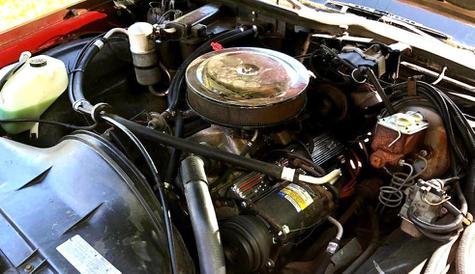
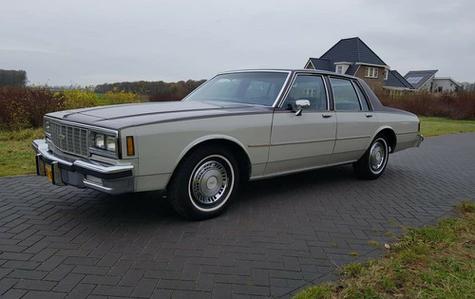
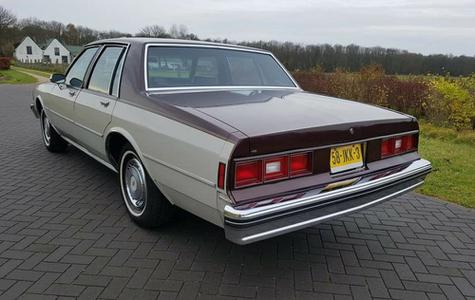
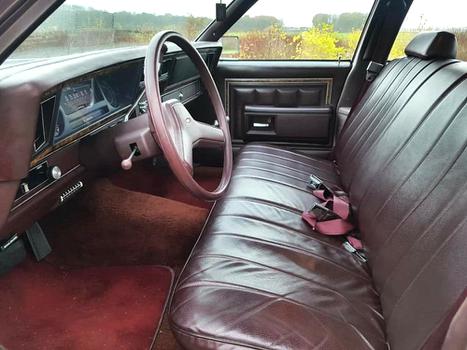
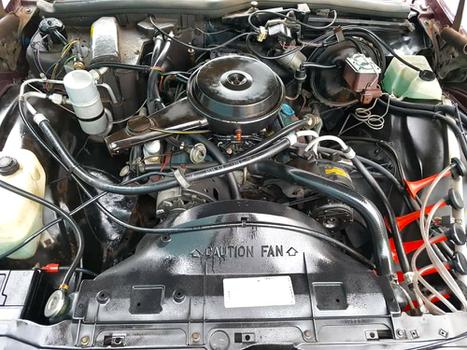
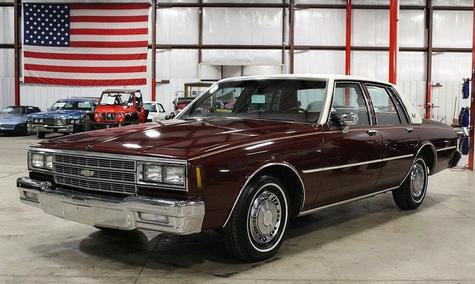
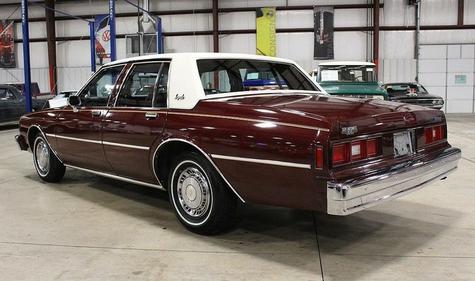
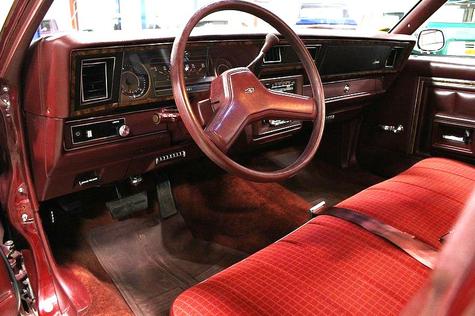
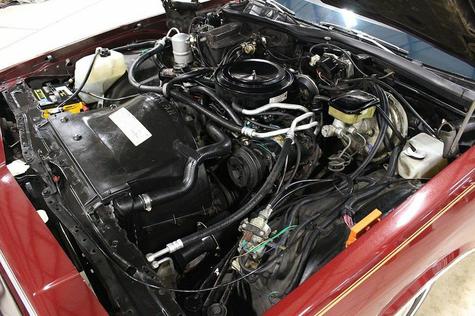
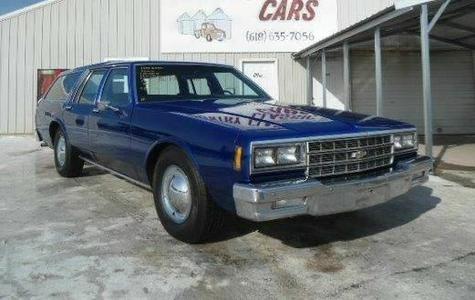


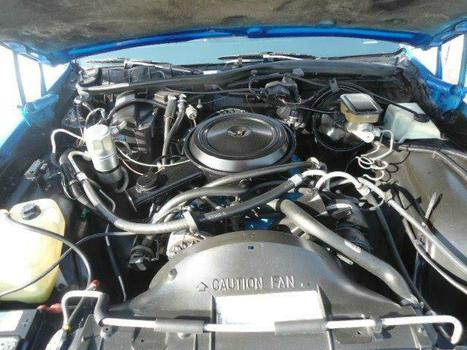
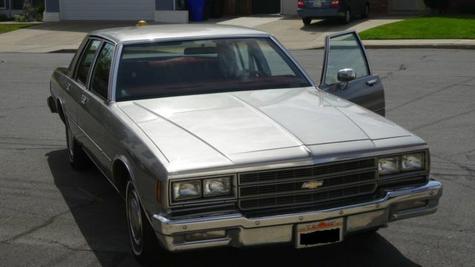
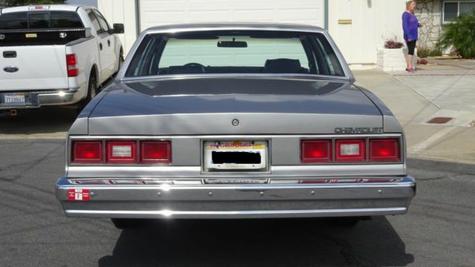
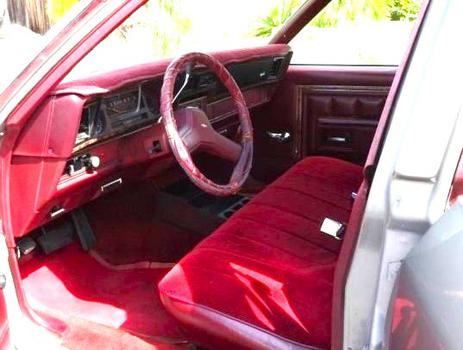
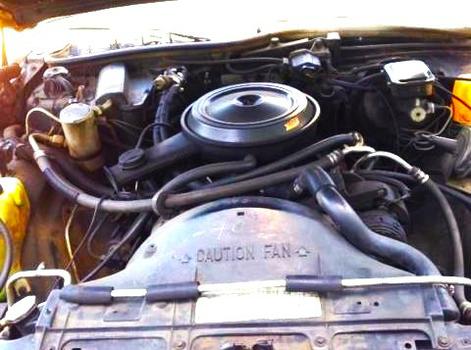
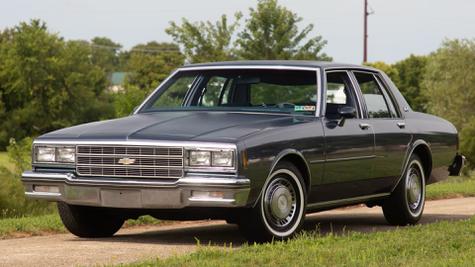
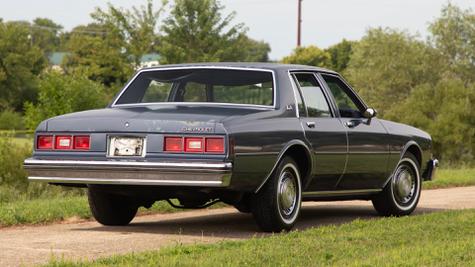
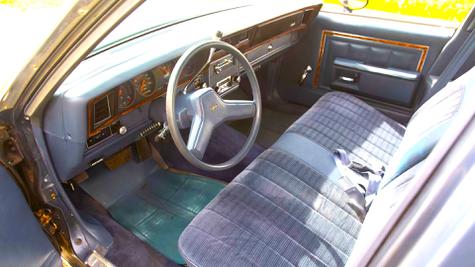
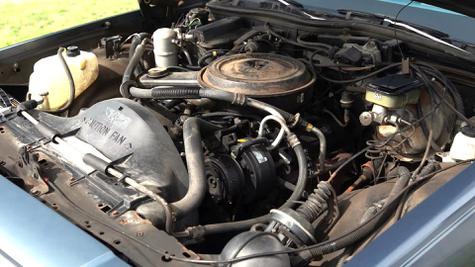

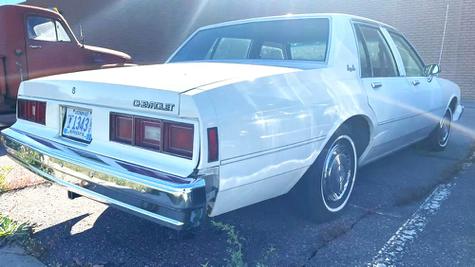
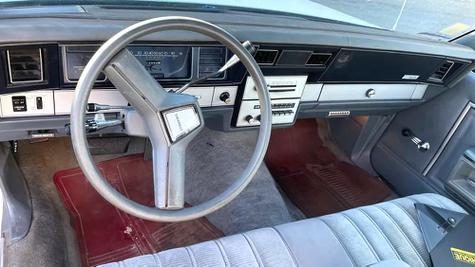
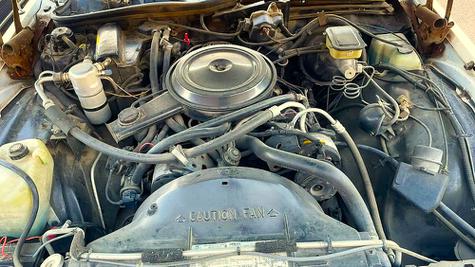



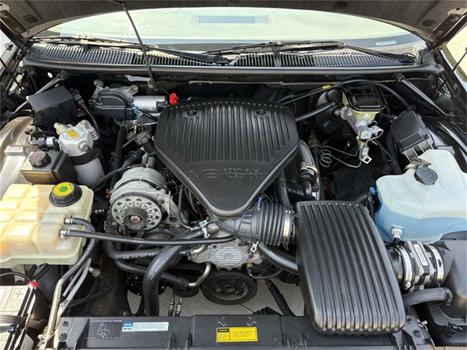
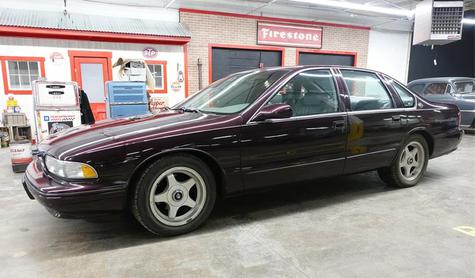
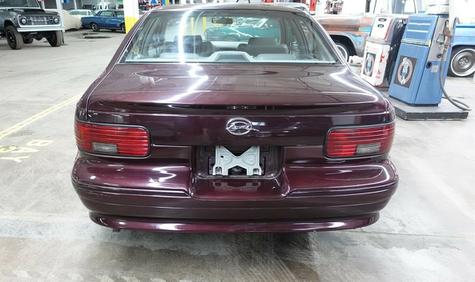
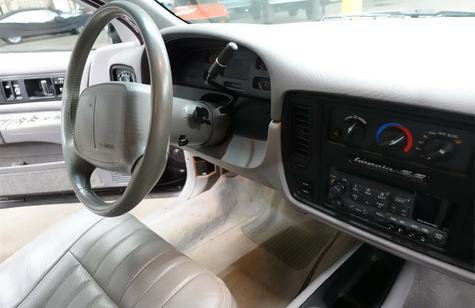
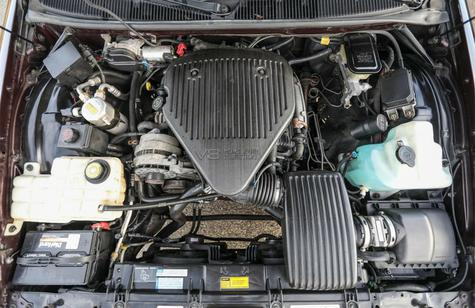
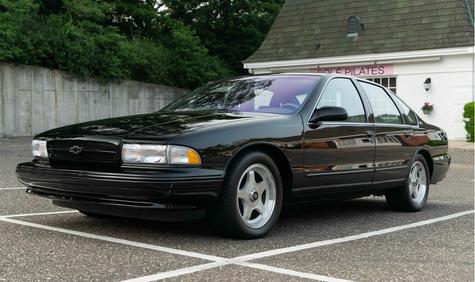
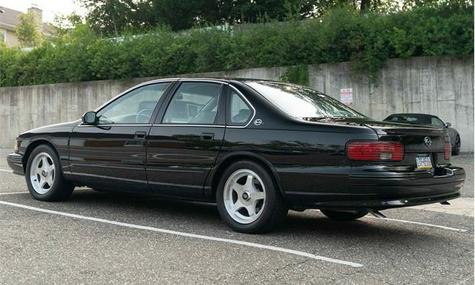
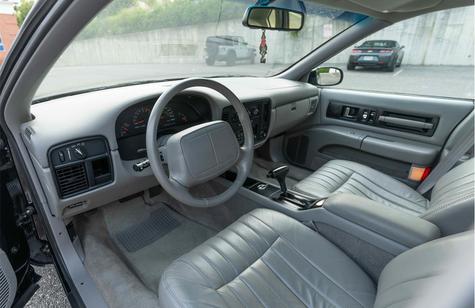

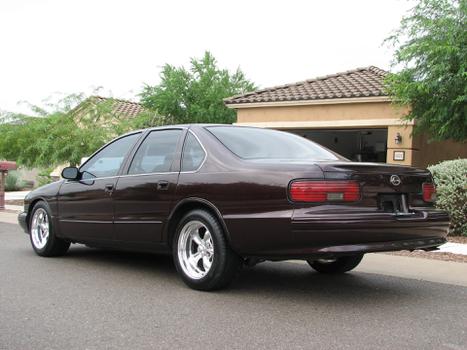


Mario on Aug 12, 2025 said:
The Chevy Impala is more than just a car. It's a slice of Americana. Truer words have never been spoken.
We continue with Part 2 of 3 Parts on the Heritage of the Chevy Impala. Enjoy, Mario
[Reply to this comment]